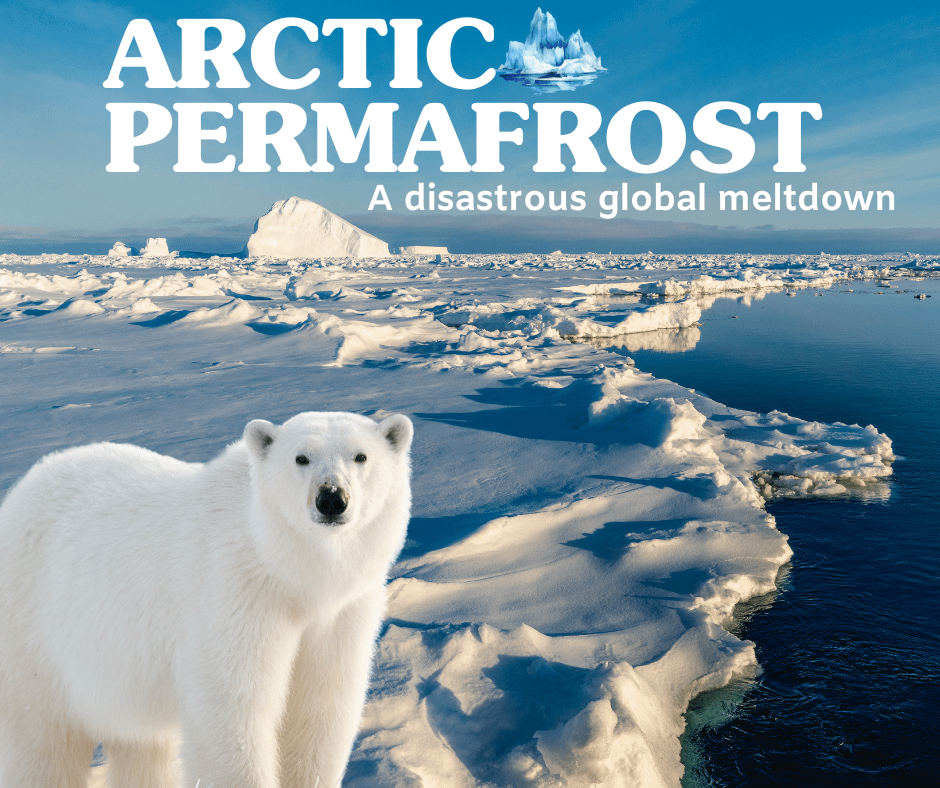Save the Arctic: A Race Against Time

Introduction
The Arctic is described as a cold and lonely place remote from human society but a significant area of the globe. However, climate change and human activities are a major threat to this area. In this article, you will discover why it is necessary to save the Arctic and what can be done.
The Importance of Saving the Arctic
Climate Regulation
The Arctic can be described as the planet’s air conditioning system. It has ice and snow that reflect the sun’s rays into space, making it a natural air conditioner for the whole world. When ice melts, there is less reflection of the sun’s rays, and the oceans warm up. This process aids in improving global warming, hence the Arctic’s role in the fight against climate change.
A Habitat for Unique Wildlife
The Arctic has species that are adapted to live in the cold climate. When the area of their habitat is reduced, species such as polar bears, seals, and Arctic foxes are likely to be wiped out. For example, polar bears rely on the sea ice to approach the seals to be able to hunt them. Since the ice melts early in the year, they must travel long distances for food, resulting in death.
Indigenous Communities
Some indigenous people, like the Inuit, have lived in the Arctic region for generations. They rely on the region’s resources for sustenance, food, and cultural practices. These communities are facing changes in climate and the number of animals and plants they rely on for their existence as the Arctic region changes.
The Impact of Climate Change on the Arctic
Melting Ice and Rising Sea Levels
Over the past few decades, the Arctic has been warming at a rate that is twice as fast as the rest of the world. This has resulted in a very high rate of warming and, therefore, a high rate of ice melt, which has caused high sea levels across the globe. If this continues, it will inundate coastal cities and impact the lives of millions of people worldwide.
Threats to Wildlife
Many organisms in the Arctic region are, in one way or another, dependent on ice. For example, when hunting, the walruses use the ice floes to rest on before they go for the next round of hunting food. When the ice melts, they are forced to get to the land, leading to overcrowding and high mortality rates. The sea ice loss also threatens whole biomes, such as plankton and large mammals.
Global Weather Disruption
The Arctic is not only melting and changing the lives of the animals living there or the indigenous peoples – it is changing the climate on our entire planet. The melted ice alters the jet stream and causes extreme winter storms and longer durations of drought in other parts of the globe.
Human Activities Damaging the Arctic
Fossil Fuel Extraction
Climate change is genuine, and its impacts are observable, and yet oil and gas companies are still seeking fossil fuels in the Arctic. The drilling also increases temperature and the danger of oil leakage, which would be very difficult to control in the region.
Shipping and Pollution
As a result of the melting of ice, new sea routes are being opened in the Arctic region, which has the dangers of oil spills, polluting the environment and disturbing wildlife. Besides, other human activities, such as mining, also impact the fragile ecosystem.
What Needs to Be Done to Save the Arctic
Reduce Global Emissions
Reducing carbon emissions worldwide is the best and easiest way to protect the Arctic. The less global temperatures are allowed to rise, the less the Arctic ice is likely to melt. It is high time to move from conventional to natural energy such as wind, solar and hydroelectricity.
Protect the Arctic from the Exploitation of Fossil Fuels
Governments and intergovernmental organizations should focus on gradually eliminating the search for fossil fuels in the Arctic. The impacts of drilling and mining in such a region are much worse than any benefit that can be obtained from it, especially in light of the current climate change challenges.
Promote Conservation Efforts
Many organizations are involved in the conservation of the Arctic area environment. This is where one can contribute in terms of money, voice, or even sharing the word on such causes.
International Cooperation to Save the Arctic
The Role of the Arctic Council
The Arctic Council is an international organization of the Arctic states. It includes environmental conservation, utilization, optimum utilization and climate change. This means that it is necessary to raise the status of the Arctic Council to a level where countries are willing to protect the area.
NGOs and Grassroots Movements
The two leading NGOs engaged in the fight to save the Arctic are Greenpeace and the Worldwide Fund for Nature (WWF). These groups defend the Arctic, collect data and ensure that the governments and industries act today to save the Arctic.
What You Can Do
Raise Awareness
It is not mandatory that only a person from the Arctic region can contribute to the cause. Perhaps one of the most effective things people can do is to understand the conditions of the Arctic. Share it on social media platforms, inform friends and relatives, and engage in activities to help inform people on the issue.
Support Sustainable Products
The consumer can also make sustainable living decisions on the consumption practices and the utilization of the products. If you reduce your use of plastics, go green and support companies with good environmental policies, then you are contributing to reducing carbon emissions on the planet.
Advocate for Policy Change To Save The Arctic
Finally, there is a call to demand policy change at the local, national and international levels. Promote policies that will improve the conservation of the environment, reduction of emissions and policies that will enhance preservation.
Conclusion
Saving the Arctic is significant for the Earth’s well-being, and any related threats threaten the world. The Arctic is an essential region of the world because it substantially functions in climate, providing animal habitat, and other aspects. One must remember that saving the Arctic is not only the governments and organizations’ problem but the problem of every person. It is thus possible to avoid the degradation of this fragile environment by raising awareness, reducing carbon footprint, and calling for concerted action.
